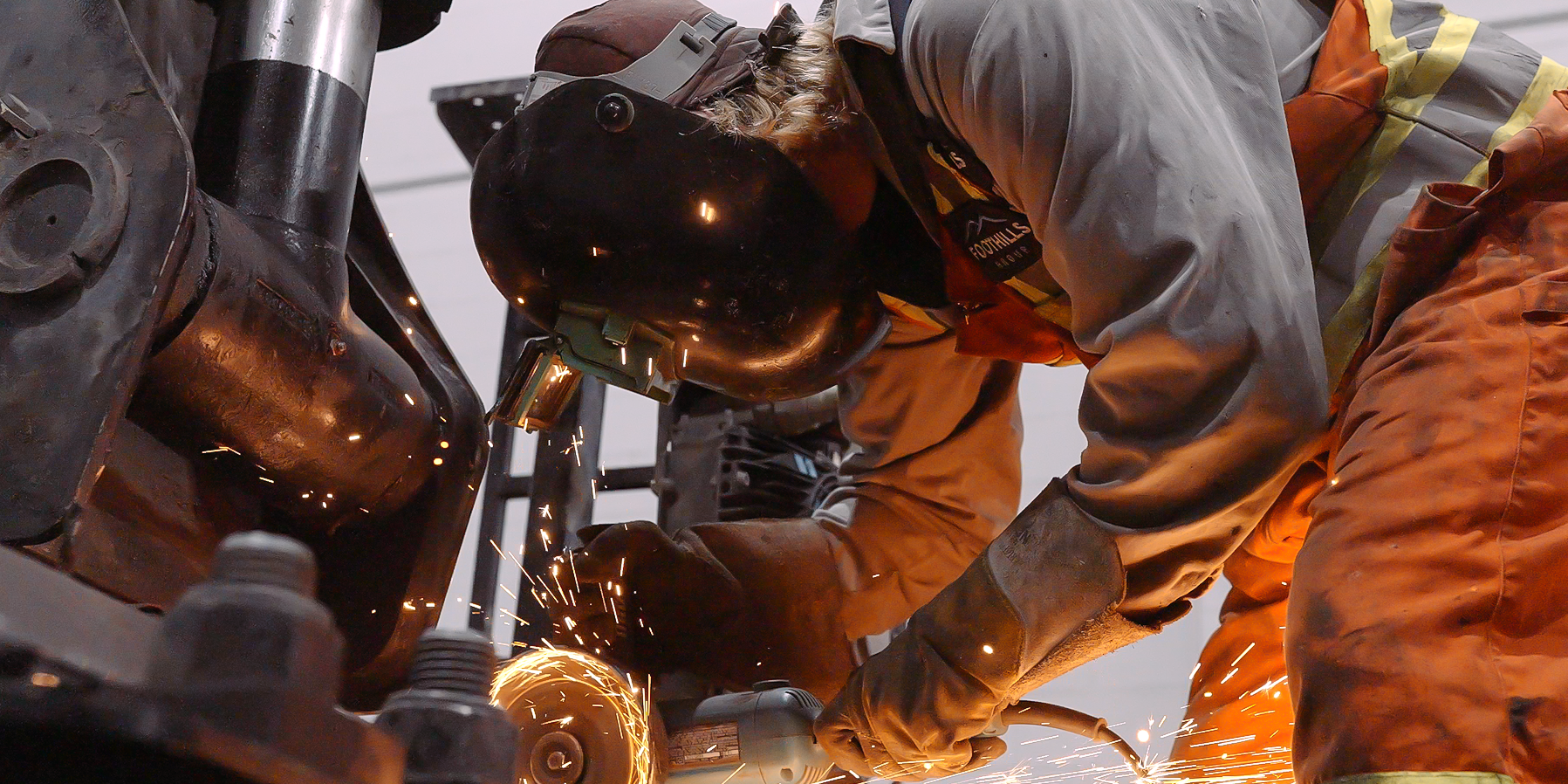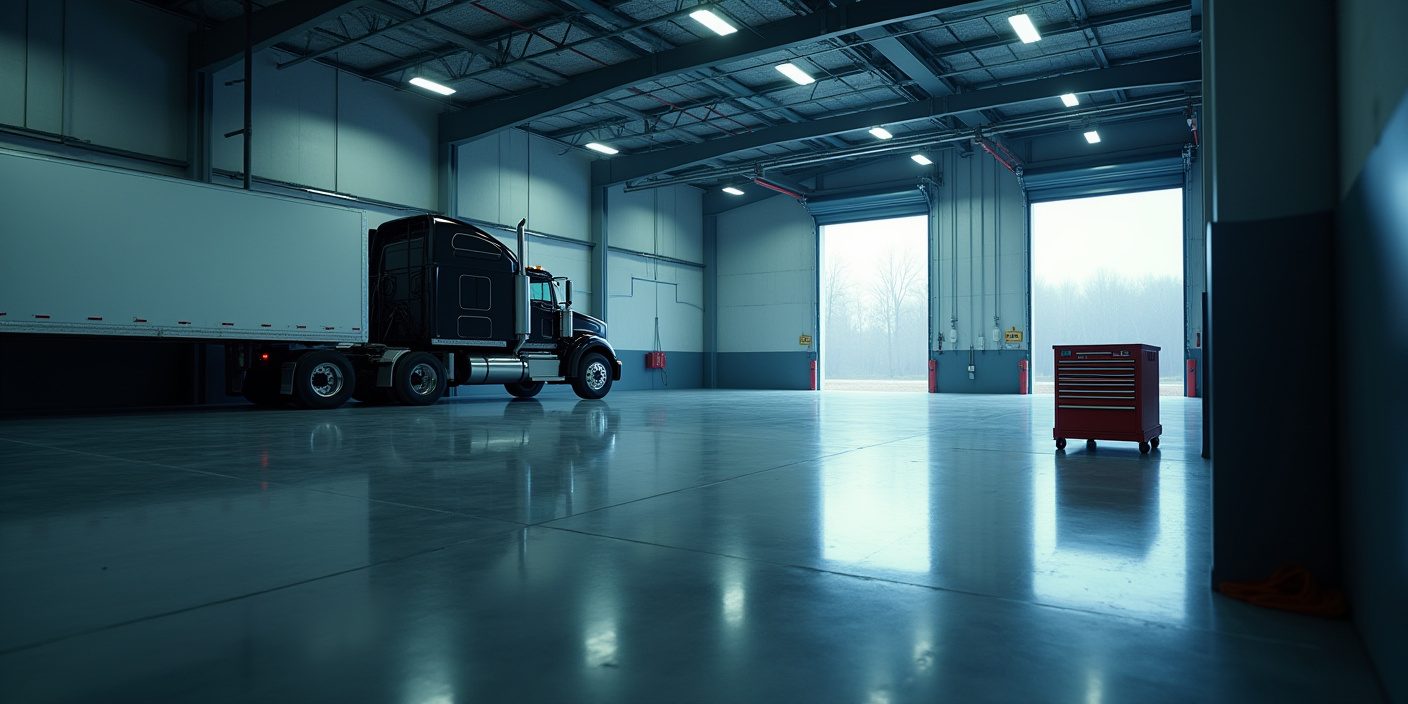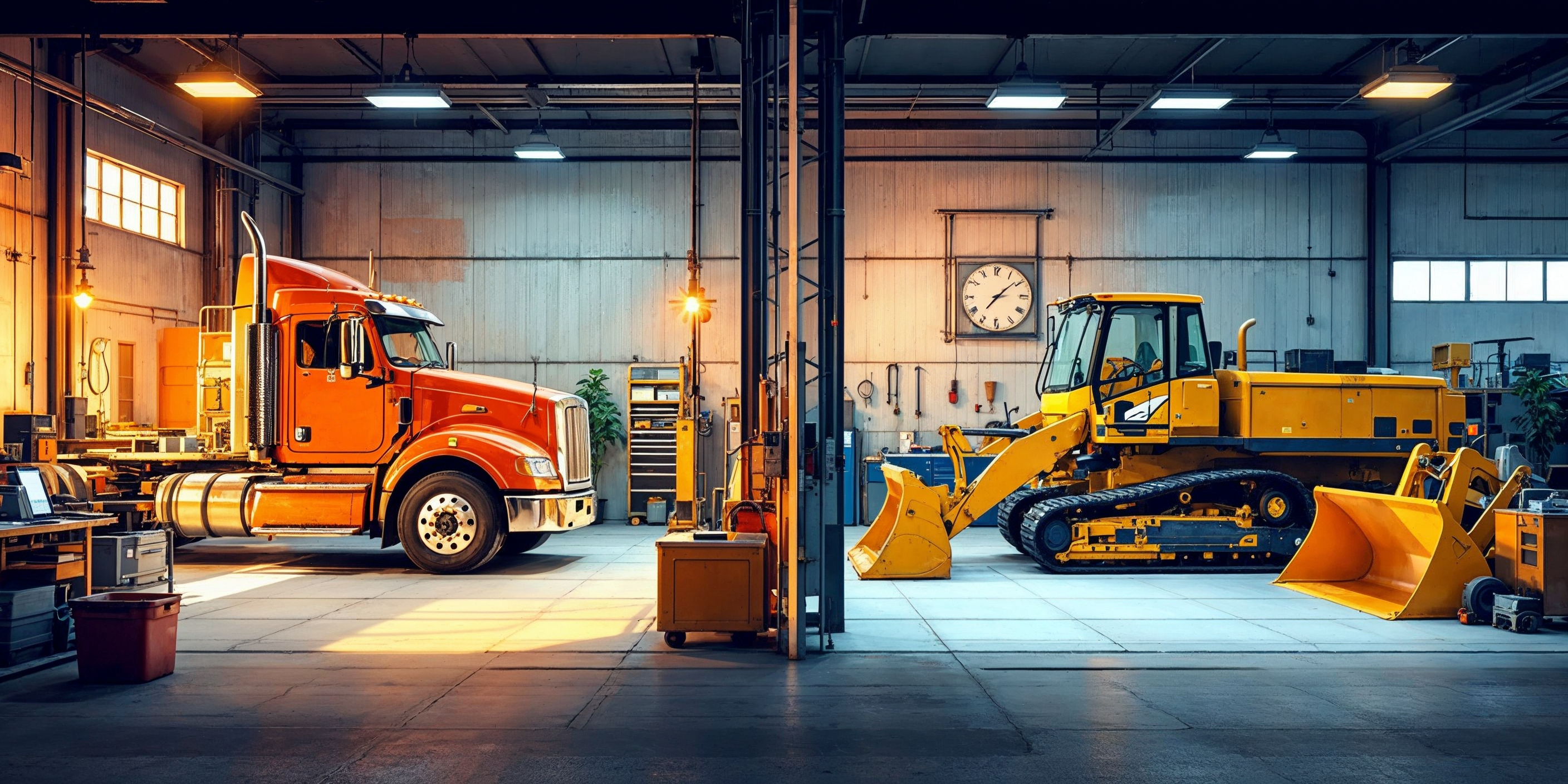Heavy-duty truck and equipment repair is undergoing a quiet revolution. Across North America, independent and mid-sized shop owners are exploring how automation and robotics might help them stay competitive, boost safety, and increase throughput. But is it hype? Or is robotic repair tech truly viable for diesel shops that live in the real world, not just high-tech labs?
This blog gives you the plain facts. What tools are actually available? How are other shops using them? What do they cost, and what’s the ROI? And most importantly: will they replace techs or just help them work smarter? Let’s take a practical, no-nonsense look at where things stand.
What Robotics Are Actually in Shops Today?
While you won’t find humanoid robots doing full overhauls, several categories of automation are making real inroads in heavy-duty bays:
- Robotic Tire Changers: These fully or semi-automated machines remove and install truck tires with hydraulic precision, often using no levers. Great for high-volume tire work and reducing strain injuries.
- Lift-Assist Tools & Robotic Lifts: From wearable exosuits that support a tech’s arms to robotic arms that hold transmissions in place, these reduce injury risk and muscle fatigue. Column lifts that raise an entire semi with the push of a button fall into this space too.
- Automated Alignment Systems: Using cameras, lasers, and sensors, these tools measure alignment angles on all three axles in minutes. Some setups are even drive-through, flagging issues during intake.
- Diagnostic & Inspection Robots: From wheeled under-vehicle camera bots to fixed inspection bays, these tools spot issues without crawling under a rig. Software-powered AI diagnostic tools also fall in this group.
- Robotic Welding Arms: Used mainly for long welds or hard-to-access fabrications, these provide consistent beads and reduce exposure to heat/fumes.
- Cobots (Collaborative Robots): Designed to work safely beside humans, they can hold tools, fetch parts, or assist with repetitive tasks. Still rare in small shops but likely to grow as costs drop.
How These Tools Help Technicians (Not Replace Them)
One thing is clear: robotic tools are not replacing diesel techs anytime soon. What they do is support your crew by handling repetitive, heavy, or ultra-precise tasks:
- Reduce Injuries: Robotic lifts, tire changers, and assist tools eliminate back-breaking jobs. That means fewer workers’ comp claims and longer careers.
- Speed Up Common Jobs: Automated alignment checks, torque tools, or tire machines can cut job time in half. That’s more billed hours and faster bay turnover.
- Improve Consistency: A robotic welder or digital torque wrench doesn’t get tired. This means fewer comebacks and higher-quality results.
- Free Up Human Skills: Instead of lifting, lugging, or measuring, your techs focus on diagnostics and tricky repairs. That’s a smarter use of talent.
In short, robots do the grunt work. Humans still do the thinking, the diagnosing, the adapting, and the hands-on wrenching.
Real-World Use Cases from Independent Shops
- Tire Shops are using robotic changers to handle large commercial tires safely and quickly. One manager reported faster service and far fewer injuries.
- Fleet Garages have drive-through alignment scanners that check every truck upon arrival. This catches issues early and upsells alignments.
- Heavy Equipment Repair teams use robotic arms or remote-controlled lifts to handle massive parts like haul-truck axles, keeping techs out of danger zones.
- Coach Refurbishers use robotic painters and welders to do high-volume jobs with consistent quality, reducing rework and improving throughput.
Even exoskeleton vests are seeing use in some shops to reduce strain during overhead work. Techs report feeling less fatigued and able to work more comfortably all day.
What About ROI?
Let’s talk dollars. Robotic tools don’t come cheap - a tire changer or alignment machine might run $30,000 - $70,000. A robotic welding rig could be $100K+. But the return often comes through:
- Faster jobs = more volume: One robotic tire changer can save 10+ minutes per change. Multiply that by dozens of tires a day.
- Fewer injuries = less downtime: One back injury avoided could save $50,000+ in claims and lost labor.
- Lower labor per job: You may not need two techs for a transmission pull with a robotic lift.
- Higher quality = fewer redos: More precise alignments, welds, or torques mean better customer satisfaction.
Some shop owners report full ROI on automated systems in 1 - 3 years - especially when used daily. As always, it depends on your volume and workflow.
Safety & Shop Readiness
Robots make work safer if used right. But they also require precautions:
- Install proper safety barriers, light curtains, and E-stop systems.
- Train staff on lockout/tagout for automated tools.
- Designate “robot zones” with floor markings or fencing.
- Teach your crew not just how to use, but how to maintain these tools.
Environmental factors matter too. Dust, grime, cold, or vibration can affect sensors and performance. Choose tools rated for heavy-duty conditions.
What About Shop Software?
Modern shop management platforms like ShopView or Fullbay now integrate with smart equipment:
- Pull results from alignment machines into service records.
- Track usage of robotic tools to measure ROI.
- Get alerts for maintenance, errors, or calibration needs.
This means your tech isn’t just using the robot - they’re working in a connected ecosystem that supports speed, accuracy, and accountability.
FAQs: What Shop Owners Ask Most
Will robots replace my techs?
No. They support your team by automating lifting, measuring, or repetitive tasks. Techs still diagnose, adapt, and fix problems.
Are they worth it for a small shop?
If you do a lot of tire work, alignments, or heavy lifting - yes. The ROI depends on frequency. Occasional use? Maybe not yet.
Are they hard to maintain?
Most tools are durable but need regular upkeep, calibration, and updates. Vendors often include training or support.
How do I keep my team safe around automation?
Use proper safety systems, train everyone, and reinforce safe zones and procedures. A robot is like any other shop machine - powerful, but safe when used right.
How do I know if I’m ready?
Look at your most repetitive, injury-prone, or time-consuming tasks. If a tool can automate one of those, it might be time to invest.
Final Thoughts: It’s Not Sci-Fi Anymore
Robotics in the repair bay isn’t just for mega-dealerships or factories anymore. Independent shops are starting to adopt smart tools that boost productivity, reduce injuries, and free up their techs for the skilled work that matters.
The shops seeing success with automation aren’t trying to replace workers. They’re using robots to tackle the hard stuff - lifting, torquing, aligning, scanning - and letting their people focus on doing great repair work.
So don’t think of robotics as a luxury or gimmick. Think of them as another tool in your toolbox. One that could give your team the edge in safety, speed, and quality.
Want to see how automation-ready shop software can tie all this together? Book a free demo of ShopView →







